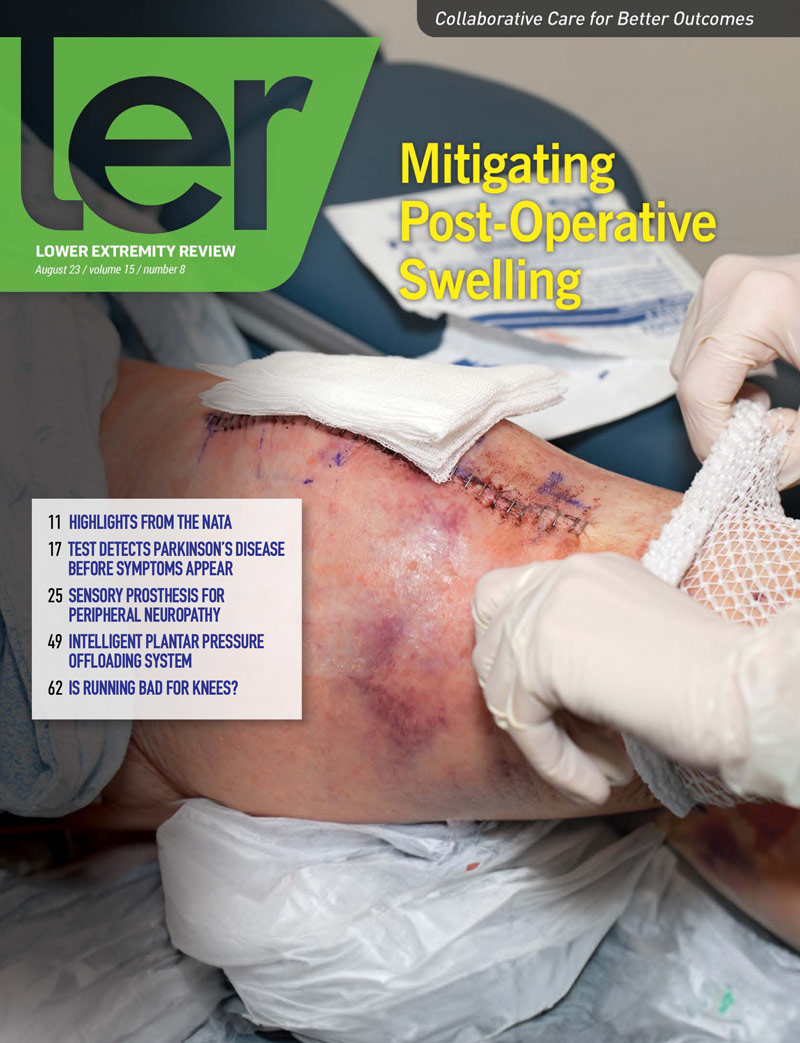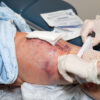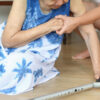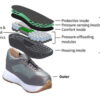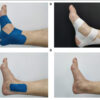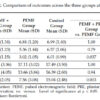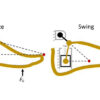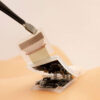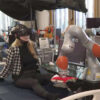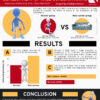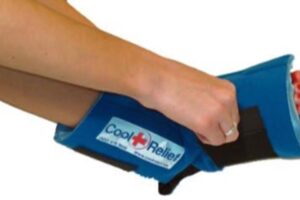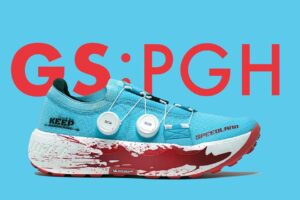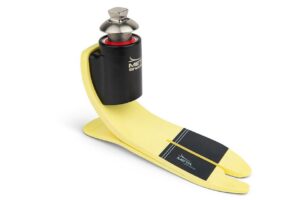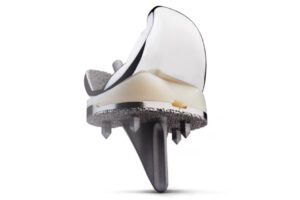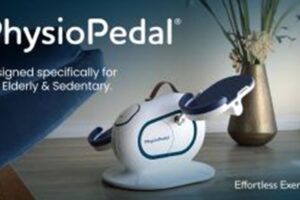Total knee arthroplasty is a treatment option for individuals with symptomatic osteoarthritis who have failed conservative therapy. In this manuscript the authors describe the pathophysiology of post-operative edema and explore...
By Andrew Wickline, MD, FAAOS; Windy Cole, DPM, CWSP, FACCWS; Mark Melin, MD, FACS, RPVI, FACCWS; Suzie Ehmann, PT DPT, PhD(c), CWS, CLT-LANA; Frank Aviles, PT, CWS, FACCWS, CLT-LANA, ALM,AWCC, MAPWCA; and Jennifer Bradt, PT,DPT,CLT-LANA
August 2023
Cover Story
Guest Perspective
The article, “Mitigating the Post-operative Swelling Tsunami in Total Knee Arthroplasty: A Call to Action” (page 32) by Andrew Wickline and colleagues brings light to a very important topic and is likely to become one of the seminal works in this area.
By Matt Barber, MDFeatures
Persistent problems with gait and balance function may lead to falls, fractures, and other serious injuries in older adults. Persistent problems with gait and balance function may lead to falls, fractures, and other serious injuries in older adults.
By Lars I. E. Oddsson, Teresa Bisson, Helen S. Cohen, Ikechukwu Iloputaife, Laura Jacobs, Doris Kung, Lewis A. Lipsitz, Brad Manor, Patricia McCracken, Yvonne Rumsey, Diane M. Wrisley and Sara R. Koehler-McNicholas
A need exists for user-friendly, offloading footwear that reduces high plantar pressure to prevent and treat foot ulcers. The high prevalence of lower extremity ulceration and amputation in people with diabetes is strongly linked to difficulties in achieving and maintaining a reduction of high plantar pressures (PPs), which remains...
By Sarah L. Hemler, Sofia Lydia Ntella, Kenny Jeanmonod, Christian Köchli, Bhawnath Tiwari, Yoan Civet, Yves Perriard, Zoltan Pataky
ShortTakes From the Literature
In a study out of Norway, researchers examined whether kicking with elastic resistance during warm-up could initiate postactivation potentiation (PAP), and thereby positively influence kinematics and performance on subsequent explosive roundhouse kicking. Five women and 11 men (n = 16) with a background in...
In a study out of Norway, researchers examined whether kicking with elastic resistance during warm-up could initiate postactivation potentiation (PAP), and thereby positively influence kinematics and performance on subsequent explosive roundhouse kicking. Five women and 11 men (n = 16) with a background in...
Venous or stasis ulcers account for 80% of leg ulcers, affect 1% of the population and contribute significantly to chronic wounds. They mostly develop along the medial distal part of the leg and can remain open for weeks or years, while are frequently recurrent. Women and older people tend to develop...
The 2017 Global Burden of Diseases Study ranked falls as the 18th leading cause of disability-adjusted life years and the 2nd leading cause of death due to unintentional injuries. Those who fall 2 or more times per year—recurrent fallers—experience greater morbidity than those who are not recurrent fallers.
A technique that identifies the build-up of abnormal protein deposits linked to Parkinson’s disease in cerebrospinal fluid can accurately detect patients with the disease, according to research published in The Lancet Neurology. In addition, the findings suggest that the test can identify at-risk people and...

Meeting Highlights from the National Athletic Trainers’ Association
Background: Posterolateral ankle impingement typically presents as pain on the posterolateral aspect of the ankle that worsens with plantar flexion and passive or active great toe flexion. Typically, the condition is caused by repetitive low-grade trauma into plantar flexion. This is a type 3 case study on...
Background: A 13-year-old male athlete with no history of injuries, was playing in a middle school football game when he was tackled while running the ball and the opposing player landed on his left foot. He had immediate pain in his ankle and was unable to walk after the incident.
Background: Osteochondromas are the most prevalent benign bone tumor, occurring mostly in the long bones of the leg, thigh, and arm. Representing 20%–50% of benign tumors, osteochondromas are rarely symptomatic. Most symptomatic cases are linked to posttraumatic conditions or idiopathic causes.
Industry News & Updates
A team from Northeastern University, Boston, has designed a passive prosthetic ankle that lifts the toe during swing phase (to reduce falls) while providing full stance phase energy storage and return. The ankle recycles energy captured at heel strike to lift the toe during the next swing phase.
Wearable ultrasound patches have the potential to revolutionize health care, facilitating the remote monitoring of critical physiological functions in the comfort of a patient’s home. But most patches in development have a major limitation: they require cables to power the device and transmit the...
People who fracture their tibia usually get hardware surgically implanted to hold the bone in place. After about 6 months, 10% of patients are diagnosed with a non-union fracture; they require additional surgery to implant new hardware. The standard method to diagnose a non-union fracture is...
Using nanomagnet composites and conductive yarn, scientists at the University of California, Los Angeles have invented a smart textile that can sense and measure body movements—from muscles flexing to veins pulsing. The device is self-powered, stretchy (extending 3.5 times in length), durable...
Researchers at the Skolkovo Institute of Technology, Russia, have devised a novel method for leg rehabilitation after injury or stroke that uses a brain-computer interface (BCI) and electrical stimulation of the spine delivered through the skin. Created by scientists from the institute’s neuro and...
The Last Word
Seventeen studies (6 level 2 studies, 9 level 3 studies, and 2 level 4 studies), with 7194 runners and 6947 non runners, met the inclusion criteria. The mean follow-uptime was 55.8 months in the runner group and 99.7 months in the non runner group.The mean age was 56.2 years in the runner group and 61.6 years in the non runner group.

